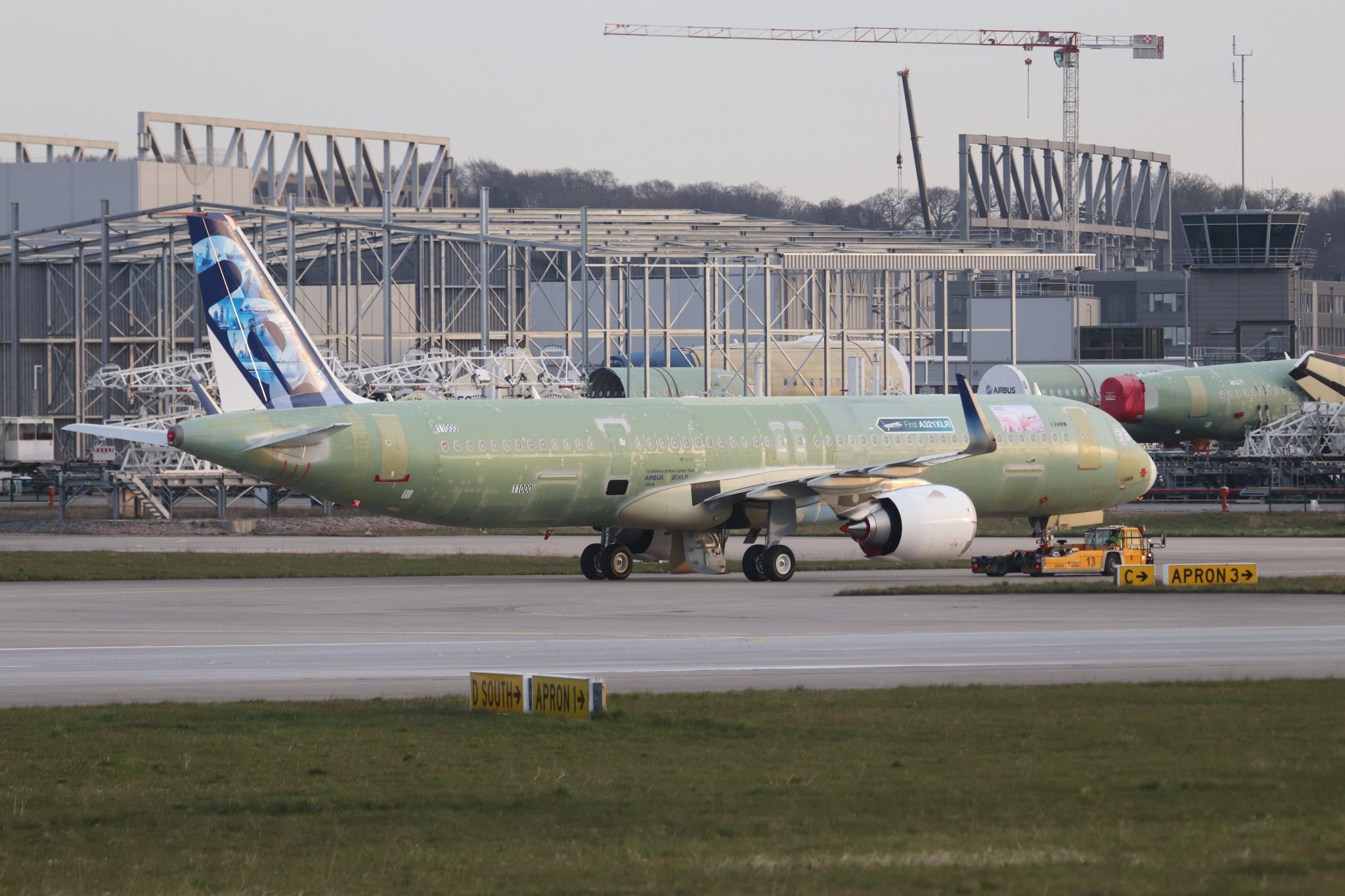


It was expected , and the American Civil Aviation watchdog — The Federal Aviation Administration has approved special conditions for the Airbus A321XLR following concerns over a new type of fuel tank that could pose fire hazards on the aircraft.
American Plane maker — Boeing , whose B777X and Other B737Max variants are facing delays in FAA certification , had flagged this in 2021 , which reached the European regulators as "the architecture of the additional fuel tank intended to increase the range of the A321XLR presents many potential risks."
The FAA said in a document seen by Reuters that it will require the lower half of the A321XLR's fuselage , which spans the longitudinal area of the tank, to be resistant to fire penetration to protect passengers.

Earlier , the Game changer Airbus A321XLR faced a hurdle in EASA certification , as the European Civil Aviation Regulator observed that the Aircraft "underbelly fairings" need to be lengthened and redesigned in heavier metal to help contain fire in the event of a belly-landing.
In June 2022 , newly proposed EASA regulations for the Airbus A321XLR included ensuring rear center tank fuel vapor does not ignite for at least 5 min. when the tank is exposed to an external ground fire—one of several points in the “special conditions” that addressed cabin evacuation safety during an off-aircraft hazzard.

At present , the FAA publication brings more clarity to the development of the new aircraft , whose introduction has already been delayed until 2024 to comply the EASA requirements.
Airbus will be required to lengthen and reinforce the underbelly composite structures , which means that additional weight will be added to the overall frame. Besides having to figure out a re-design , they will also need to determine how best to tune its aircraft in order to meet the promised range prior to these changes.
Even though the full scope of the project is still to be defined, Airbus expect it could take anywhere between 6 to 9 months to complete. Commercially, Industry sources say proposed delivery schedules for the long-range single-aisle aircraft have been put on hold while regulators weighed how to deal with the novel design.
"Although discussions with the airworthiness authorities are ongoing, we are not in a position to comment during the public consultation period," an Airbus sources said.
According to the FAA , the special conditions are necessary because the new Airbus twin-engine includes an additional fuel tank molded into the fuselage instead of into the wings.
The additional tank , known as Rear Centre Tank (RCT) is located in an area of the lower part of the fuselage that partially replaces the rear cargo compartment of previous A321 Long range aircraft.

The FAA indicated that the existing standards for fire protection after an accident had not provided for this type of design and that the special conditions were "necessary to establish a level of safety equivalent to that established by current airworthiness standards."
The current remarks by FAA should not disturb the schedule of A321XLR , as it's already work on progress to address the same regulatory review findings by EASA , that postponed the date to the second quarter of 2024.
